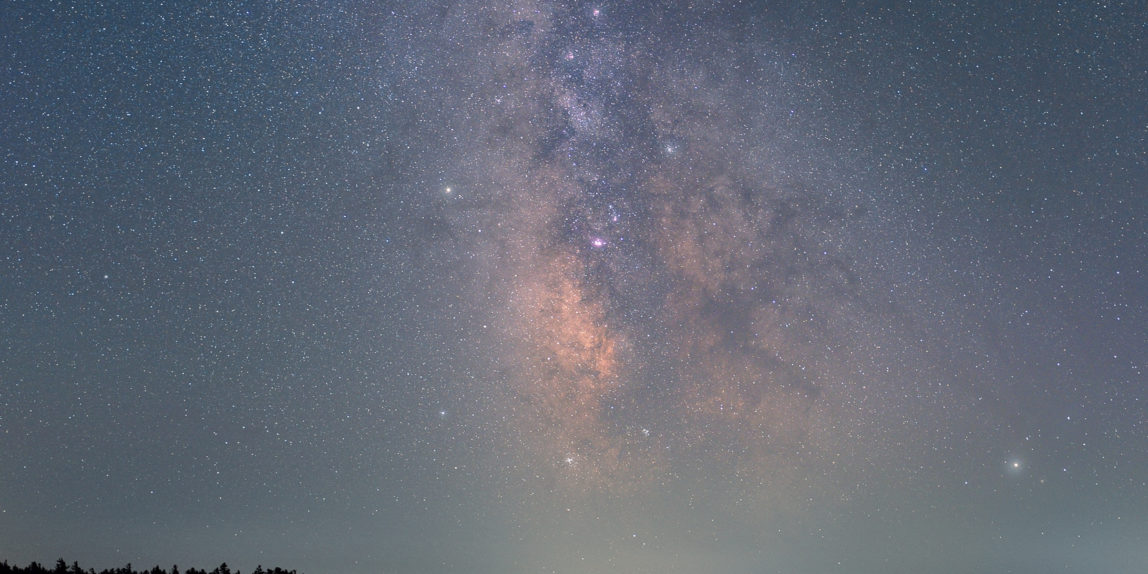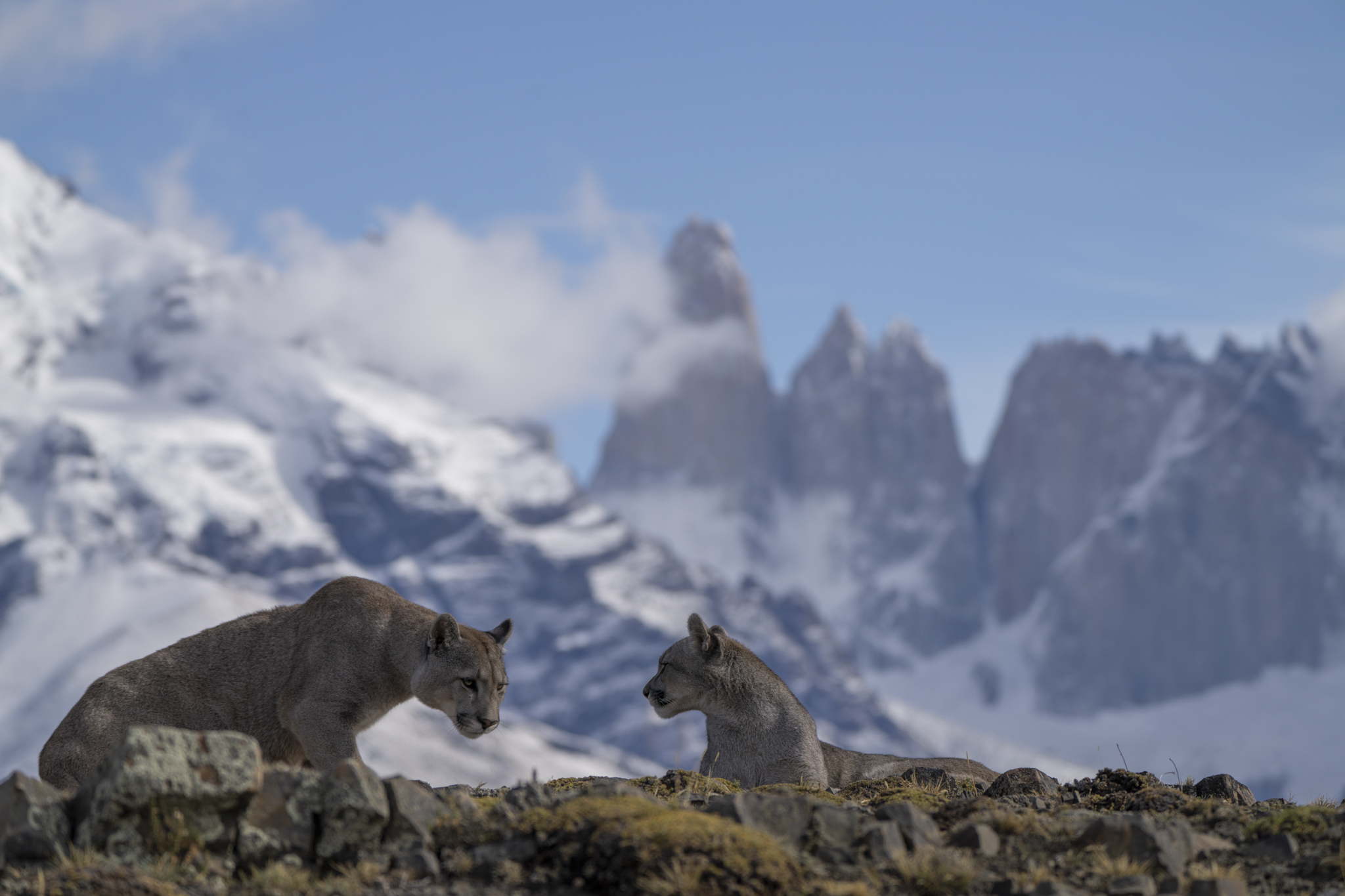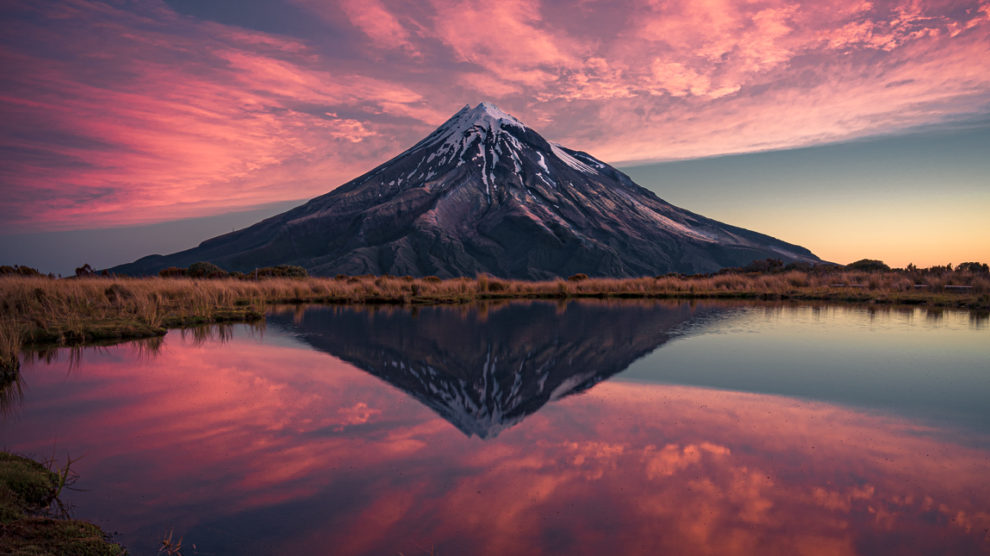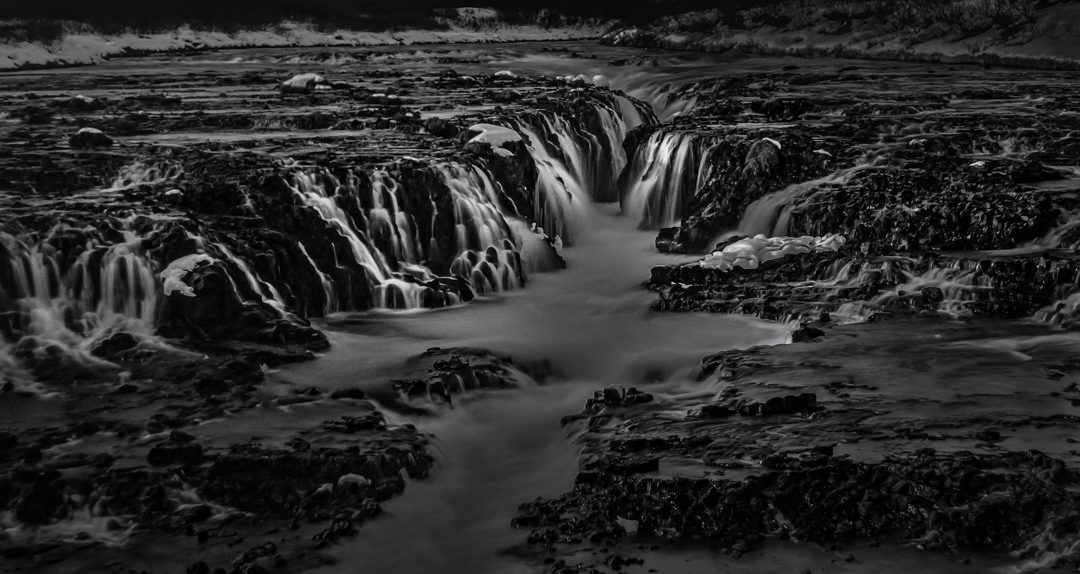When a photography friend of mine messaged me asking if I’d ever been to Lake Lila, I knew the answer was no, but I had to check it out on a map anyway. Nestled away in the Adirondack region in upstate New York, Lake Lilia is located in a region I have not explored yet, the Five Ponds Wilderness. What drew my friends attention to the lake was that it was located in one of the darkest regions in the area, making it a prime spot for astrophotography. The stars seemed to be aligning (pun intended) for the following weekend, perfectly clear skies and a new moon cycle would mean the best conditions we could ask for.
Fast forward to that Saturday and my partner and I hopped into my truck loaded up with camping and photography gear and started the drive north. The journey was roughly 3 hours from Albany and we stopped off in Long Lake at the Paradise Café to grab a canoe for the weekend. The guy renting us the canoe was more than happy to hear we were headed to lake Lila and warned us that the road out to the lake was a long single lane rough dirt road. He was not wrong about this assessment and in normal conditions, I wouldn’t have been concerned but I had an extremely long canoe hanging out the back of the truck which had me worried at time sinking into some of the larger ditches in the road. We eventually made it to the parking area which had quite a few cars in it and we were concerned that we might not find a good camp spot. Luckily after carrying our canoe a little more than 1/4 mile down to the lake, we ran into a pair of gentlemen who were leaving their campsite which was only accessible by canoe and told us where it was.


This spot ended up being the perfect location for us to shoot the Milky Way that night, extremely isolated with a clear view south across the lake! It was a long paddle over to the camp site but we arrived and unloaded. I took some time to explore the immediate area, there was a nice fire pit and even a wooden box for a pit toilet so I didn’t need my shovel after all, what luxury accommodations! Along the shoreline we were met with a small section of beach flanked by large rocks. These rocks had plenty of interesting wildlife living among the pools of water as well as some distinctly human…er…erections…



After setting up camp we took some time to enjoy the beautiful weather by wading into the water off the small sandy beach. 20 minutes later, it was time for me to canoe back to the boat launch to pick up my photography friend Shane who was meeting us there.
Paddling a canoe by yourself is quite the task, one that I had not done before and was also not doing very efficiently so it took me a while to get back to the shoreline where we first arrived. My timing however was quite good and I had arrived just in time to see him unloading his car. We spent some time preparing his stuff and joking about how his Hyundai Elantra was not the right choice to bring on the rough road to the lake but he managed it alright in the end. We filled up the canoe and paddled back to the campsite to get him set up and wait for the stars to come out to play.

Sunset on the lake was nice but without a cloud in the sky, it felt a bit bland for photos but that was alright since we were here for the clear night sky anyway. Thankfully we didn’t have to wait long because the Milky Way lined up perfectly between 930 and 11pm. We found a spot on the rocks down along the lake shoreline and began shooting.
Usually when I am shooting the Milky Way in New York, it takes a while for my eyes to adjust in the dark and I can just barely make out where the Milky Way is. Here I had no such issue, the Milky Way was very clear to the naked eye. It reminded me of the time I spent in Utah/Arizona earlier this year where I was lucky enough to have similar conditions among the unique desert rock formations. When I shoot Astro, my current preferred setup is to pair my Sony A7RIV with the Samyang 24mm F1.8 lens. I find this lens incredibly easy to work with in the dark as it has a built in auto infinity focus with a light indicator. This helps me ensure my image is tack sharp every time. I used to prefer the Rokinon 14mm f2.8 but every time I shoot with both of them, the 14 looks so soft and is just such a pain to work with in comparison. I have also enjoyed the further compression that 24 provides over shooting at 14mm, the galactic core is bigger and more detailed. Id really love to try an even longer lens like a 35mm of 50mm but I’ll need more practice with my star tracker.


I also took the opportunity to test out night shooting with my new Insta 360 One RS 1 inch camera. Surprisingly, it was able to capture the Milky Way in low light with the 1″ sensor. (the files here is the low resolution export. I have had trouble getting the full files to cooperate with software on my computer with my current hardware but I plan to do a full review of the 360 camera on YouTube which I will link here when finished.
After a successful night of astrophotography, we climbed into our tents and went to sleep, with alarms set for 6 am. We went to bed excited about the morning because we could already see whisps of fog skirting along the surface of the lake in the light of our headlamps. Waking up for sunrise provided much better results than sunset. As predicted, the cooler air along the surface of the water created thick fog that rose as high as the tree lines. While the sun rose and began burning away the fog, we watched the ever changing dance across the water. The unique trees that lined the lake were permanently shaped by the wind and they would come in and out of sight as the fog did its dance. From where our camp was, the sun was rising around the bends and was not visible but after a short walk through the woods, I popped out on the other side of the tree line and saw the sun already high above the tree line.

I shot directly into the sun which was diffused heavily by the thick fog my camera adjusted the white balance while I was trying different compositions and the results shocked me. It was like night and day! One version of the same image looked as if I was shooting the scene at night and the sun was actually the moon. The other image captures the bright orange blaze of the early morning lights and really dialed in the daylight.


After sunrise we made some coffee, had some cinnamon rolls and watched the rest of the fog dissipate from the water. We heard a pack of what sounded like wolves howl off on the far side of the lake which really set the wilderness vibe to an even higher notch than it already was. We paddled Shane back to his car after that and we continued to explore the lake well into the afternoon. The lake is large and the campsites around the lake are so far apart, you wouldn’t know anyone else was around. The uniqueness of the trees around the lake excites my creativity and I’m looking forward to coming back in the winter to see how snow and ice change the scenery. Overall I found Lake Lila to be the perfect getaway and was a terrific location for photography and getting in touch with nature.
-
 Dark Skies Over Lake Lila$65.00 – $85.00
Dark Skies Over Lake Lila$65.00 – $85.00
I had listed the print of the Milky Way from this night for sale. I might also be listing another image from this trip available for print. Leave a comment below about which images you’d like to see in print or if you’ve ever been to Lake Lila. If you have any questions about the area I’ll do my best to answer them as well.
*Disclosure: This post contains affiliate links that at no additional cost to you, help support my work and this site if you end up purchasing any of the products I’ve linked to.













